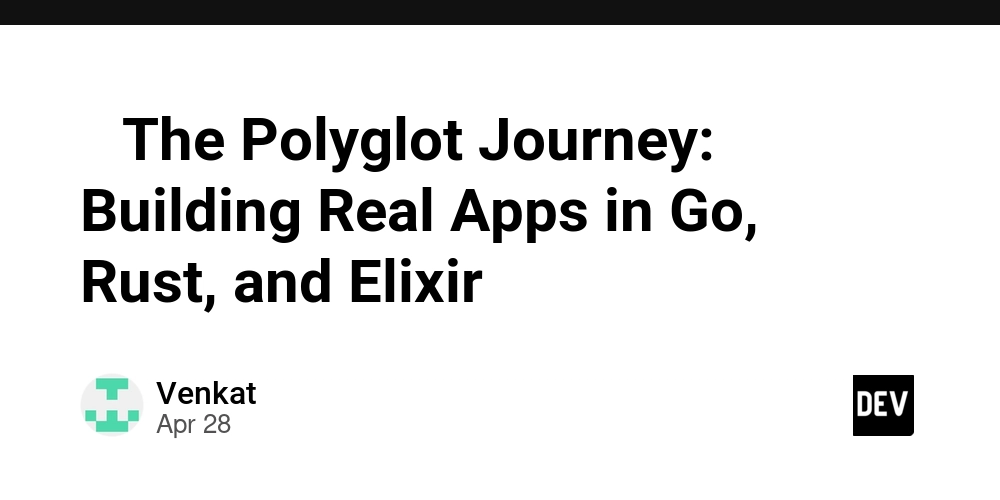E-learning Platform Development
As digital education becomes more widespread, developing e-learning platforms has become a crucial area of software development. Whether you're building a learning management system (LMS) for schools, corporate training, or independent courses, this post covers the key components, technologies, and best practices for creating a successful e-learning platform. Key Features of an E-learning Platform User Registration & Profiles: Allow students and instructors to create and manage their profiles. Course Management: Instructors can create, edit, and organize courses with modules and lessons. Multimedia Support: Enable video, audio, PDFs, and interactive quizzes. Progress Tracking: Show users their progress and allow instructors to monitor performance. Certificates: Offer completion certificates to students after finishing a course. Forums & Discussions: Encourage collaboration and community through social features. Payments & Subscriptions: Monetize courses with secure payment gateways and subscription plans. Tech Stack Recommendations Frontend React.js or Vue.js for dynamic and interactive interfaces. Tailwind CSS or Bootstrap for responsive design. Backend Node.js with Express or Django (Python) for handling APIs and business logic. GraphQL or RESTful APIs for communication between frontend and backend. Database PostgreSQL or MySQL for relational data like users and course structures. MongoDB for flexible storage of documents and user activity logs. Other Tools Firebase – Authentication, real-time database, and push notifications. Stripe/PayPal – For handling payments. FFmpeg or Vimeo API – Video encoding and streaming. Steps to Build an E-learning Platform Plan Your Platform: Define your target audience, features, and business model. Design the UI/UX: Use tools like Figma or Adobe XD for designing learner-friendly interfaces. Develop Backend APIs: Build REST or GraphQL APIs to support user authentication, course management, etc. Implement Frontend: Connect your UI to APIs and ensure responsiveness across devices. Integrate Video Hosting: Use platforms like Vimeo or YouTube API for video delivery. Add Gamification: Enhance learning with badges, points, and leaderboards. Test Thoroughly: Perform unit, integration, and user acceptance testing. Launch & Monitor: Deploy to platforms like AWS or Vercel and track performance. Security Considerations Use HTTPS and secure authentication (JWT, OAuth). Sanitize user inputs to prevent XSS and SQL Injection. Secure file uploads and limit file types. Encrypt sensitive data like passwords and payment info. Monetization Models Pay-per-course: Charge users individually for each course. Subscription-based: Offer monthly/yearly access to all content. Freemium: Provide basic content for free and premium for a fee. Institutional Licensing: Sell access to schools or organizations. Conclusion Building an e-learning platform is a rewarding yet complex endeavor. It combines web development, multimedia handling, user experience design, and secure transactions. By following a structured approach and using the right tools, you can create a platform that empowers learners and educators alike in the digital age.


As digital education becomes more widespread, developing e-learning platforms has become a crucial area of software development. Whether you're building a learning management system (LMS) for schools, corporate training, or independent courses, this post covers the key components, technologies, and best practices for creating a successful e-learning platform.
Key Features of an E-learning Platform
- User Registration & Profiles: Allow students and instructors to create and manage their profiles.
- Course Management: Instructors can create, edit, and organize courses with modules and lessons.
- Multimedia Support: Enable video, audio, PDFs, and interactive quizzes.
- Progress Tracking: Show users their progress and allow instructors to monitor performance.
- Certificates: Offer completion certificates to students after finishing a course.
- Forums & Discussions: Encourage collaboration and community through social features.
- Payments & Subscriptions: Monetize courses with secure payment gateways and subscription plans.
Tech Stack Recommendations
Frontend
- React.js or Vue.js for dynamic and interactive interfaces.
- Tailwind CSS or Bootstrap for responsive design.
Backend
- Node.js with Express or Django (Python) for handling APIs and business logic.
- GraphQL or RESTful APIs for communication between frontend and backend.
Database
- PostgreSQL or MySQL for relational data like users and course structures.
- MongoDB for flexible storage of documents and user activity logs.
Other Tools
- Firebase – Authentication, real-time database, and push notifications.
- Stripe/PayPal – For handling payments.
- FFmpeg or Vimeo API – Video encoding and streaming.
Steps to Build an E-learning Platform
- Plan Your Platform: Define your target audience, features, and business model.
- Design the UI/UX: Use tools like Figma or Adobe XD for designing learner-friendly interfaces.
- Develop Backend APIs: Build REST or GraphQL APIs to support user authentication, course management, etc.
- Implement Frontend: Connect your UI to APIs and ensure responsiveness across devices.
- Integrate Video Hosting: Use platforms like Vimeo or YouTube API for video delivery.
- Add Gamification: Enhance learning with badges, points, and leaderboards.
- Test Thoroughly: Perform unit, integration, and user acceptance testing.
- Launch & Monitor: Deploy to platforms like AWS or Vercel and track performance.
Security Considerations
- Use HTTPS and secure authentication (JWT, OAuth).
- Sanitize user inputs to prevent XSS and SQL Injection.
- Secure file uploads and limit file types.
- Encrypt sensitive data like passwords and payment info.
Monetization Models
- Pay-per-course: Charge users individually for each course.
- Subscription-based: Offer monthly/yearly access to all content.
- Freemium: Provide basic content for free and premium for a fee.
- Institutional Licensing: Sell access to schools or organizations.
Conclusion
Building an e-learning platform is a rewarding yet complex endeavor. It combines web development, multimedia handling, user experience design, and secure transactions. By following a structured approach and using the right tools, you can create a platform that empowers learners and educators alike in the digital age.








































































